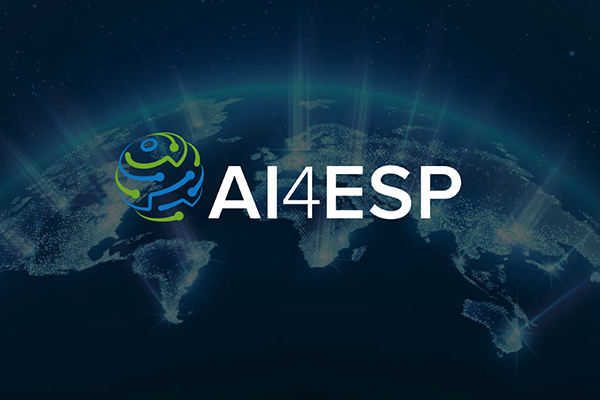Applying artificial intelligence to Earth system predictability

In recent years, the atmospheric science community has intensified its focus on applying artificial intelligence and machine learning to climate science. The Department of Energy (DOE) has, in turn, become an essential driver in these conversations, launching the Artificial Intelligence for Earth System Predictability (AI4ESP) initiative in 2020.
AI4ESP is a multi-lab effort to develop a new approach to Earth system predictability focused on artificial intelligence-enabled processes across the field to laboratory and from modeling to analysis. A 2020 call for white papers was followed by a five-week, 17-session workshop in late 2021. Staff from DOE’s Atmospheric Radiation Measurement (ARM) user facility and Atmospheric System Research (ASR) program played key leadership roles.
Workshop Report Issued
With input from 740 participants from 178 institutions, results of the workshop are captured in an executive summary, which accompanies the large full report, with a section report for each session held. Moreover, the report details how artificial intelligence can enhance earth system predictability from field and lab research to modeling and analysis.
The AI4ESP team will next chart a strategy that will, in the near term, includes:
- open benchmark data sets
- AI-enabled observations and data products based on gaps
- seed efforts to demonstrate the potential of AI in existing programs and modeling frameworks
- cross-disciplinary collaborations to initiate activities.
Learn more at www.ai4esp.org.
# # #This work was supported by the U.S. Department of Energy’s Office of Science, through the Biological and Environmental Research program as part of the Atmospheric System Research program.

